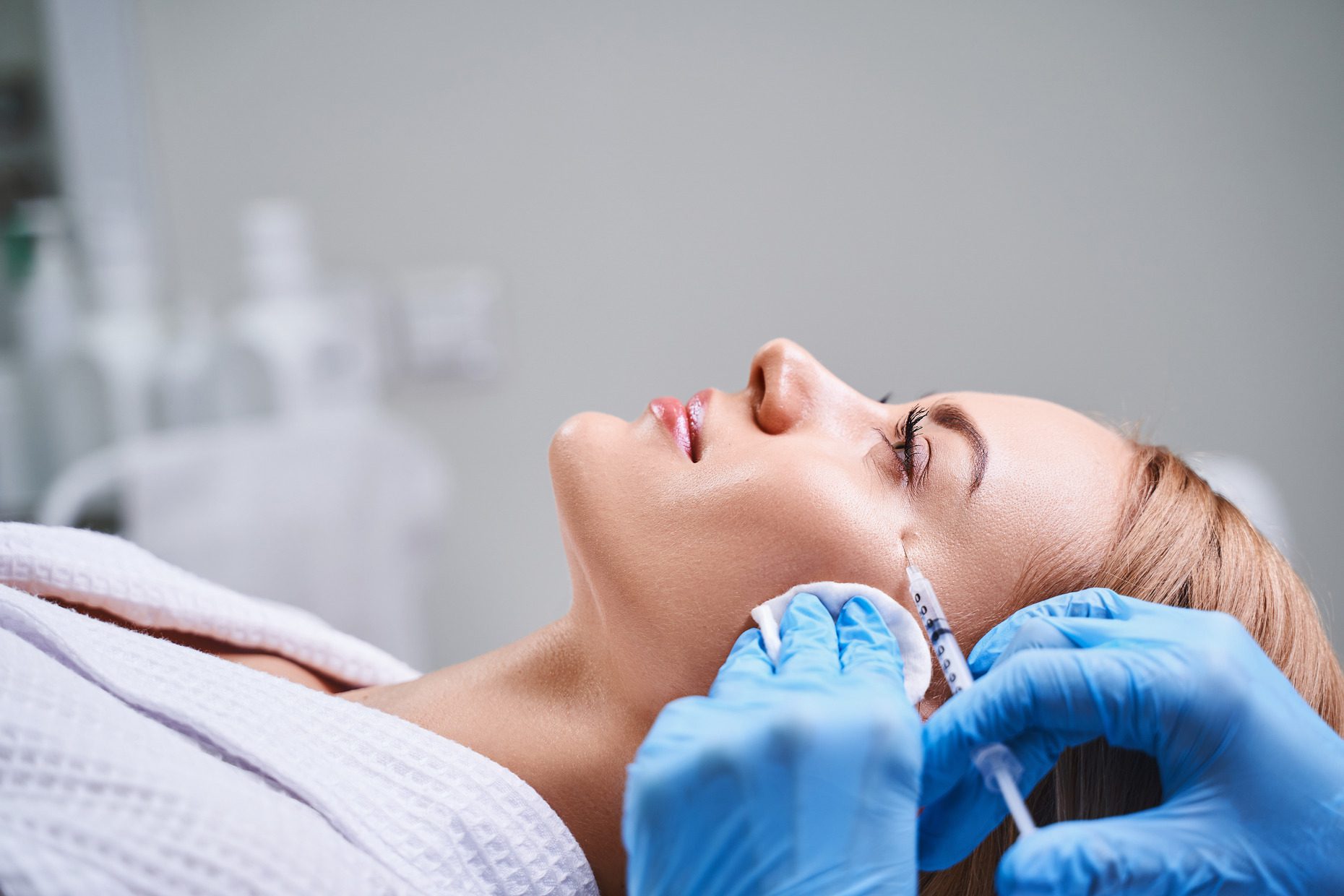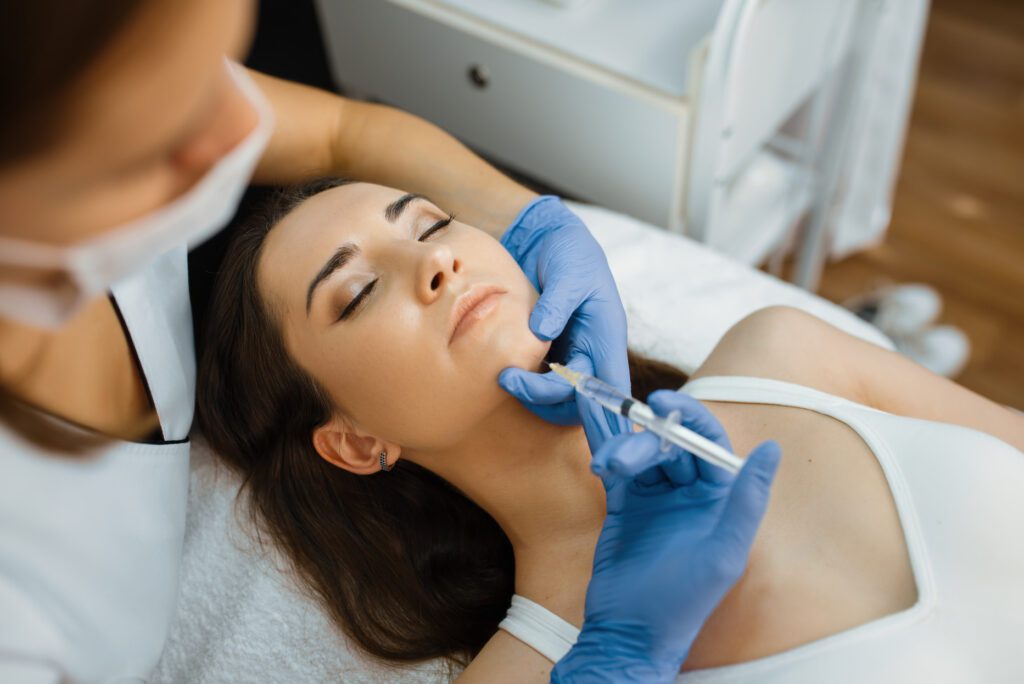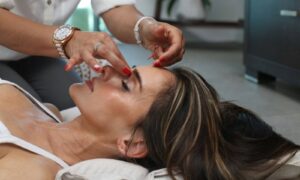Aging is an inevitable part of life. Our bodies ultimately begin to show the signs of this process in various ways. Among the most common and obvious are changes in the way our skin looks and feels. For some people, this can begin as early as their 20s. Others don’t exhibit those visible signs of aging until their 40s. Fortunately, people don’t have to simply accept fine lines, wrinkles, sagging, and other issues. Several solutions to those issues are now available ranging from invasive surgical procedures to topical creams and serums.
Of course, not all of those solutions are created equally. Topicals are the least expensive options, but they’re typically only minimally effective. Cosmetic surgeries, on the other hand, are invasive, costly, and potentially dangerous. Millions of people have found the results they’re looking for in a different alternative known as injectables. These are minimally invasive and more affordable without sacrificing safety or effectiveness. Botox and dermal fillers fall into this category, and both are readily available from the leading boutique in the state.
Explaining the Differences Between Botox and Dermal Fillers
Botox and dermal fillers are both injectable treatments for visible signs of aging that can mar the skin and detract from a youthful appearance. Neither requires surgery or lengthy recovery periods, and both present little risk of serious negative side effects. That being said, differences certainly exist between the two. Consider the following points to help distinguish these two solutions.
What Is Botox?
Botox is a branded version of botulinum toxin A. It’s derived from Clostridium botulinum bacteria. These bacteria can grow on food and, if ingested, have serious impacts. They produce neurotoxins that attack the nerves and cause muscle weakness among other effects. When injected in proper dosages by certified professionals, though, the toxins produced by these bacteria can be used for cosmetic purposes.
Botox is used to reduce fine lines and wrinkles caused by repeated muscle movements. Those include lines on the forehead, around the mouth, and between the eyebrows. It can also correct crow’s feet around the eyes. It generates those anti-aging effects by blocking nerve signals to the muscles in those areas. As a result, the muscles don’t contract in response to changes in facial expressions.
This is a temporary treatment that generally lasts one to four months though the latter is the case for most people. When its effects wear off, people can safely receive additional treatments. Approximately 3 million Botox injections are given each year across the globe. Negative side effects are rare and may include bruising or redness at the injection site. In more severe cases, people may experience headaches, nausea, muscle weakness, or skin irritation after Botox treatments.
What Are Dermal Fillers?
Dermal fillers are a bit different than Botox. They can treat certain fine lines and wrinkles, but they’re used to target those caused by the natural loss of volume, firmness, and elasticity of the skin. These are natural products of the aging process. Dermal fillers can also be used to add fullness and firmness to various areas. They’re often used to make the lips and cheeks plumper or minimize recessed scars to name a couple of possibilities.
Different types of dermal fillers are currently in use. Some simply add volume to smooth fine lines and reduce the appearance of hollowing whereas others prompt the skin to produce more collagen to correct those issues on its own. Dermal fillers’ effects can last anywhere from 6 months to two years or more. This varies by person, the type of filler used, and the issue being targeted among other factors.
As is the case with Botox, negative reactions to dermal fillers are rare. Some people notice redness or bruising around the injection site or skin irritation. A few people may have blurred vision or experience pain around the injection site after being treated with dermal fillers.
Which One Is Right for You?
Millions of people receive injectables each year with positive results and minimal, if any, negative side effects. Which anti-aging solution is right for each person depends on individual circumstances. It’s important to discuss the issues at hand and the desired results with a qualified and experienced practitioner to determine whether Botox or dermal fillers are the best option.




































